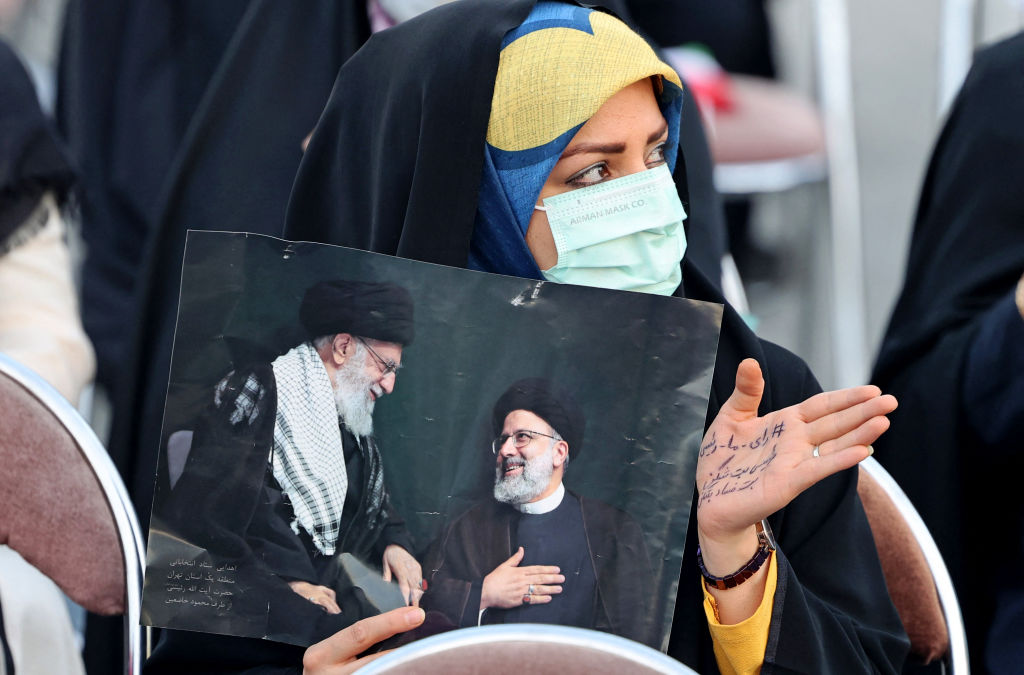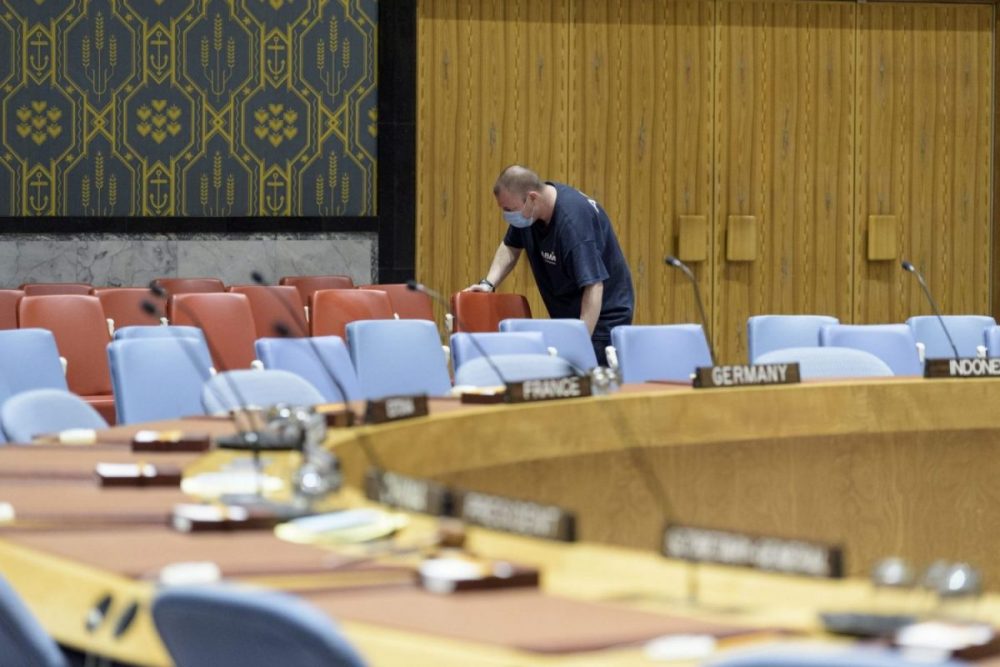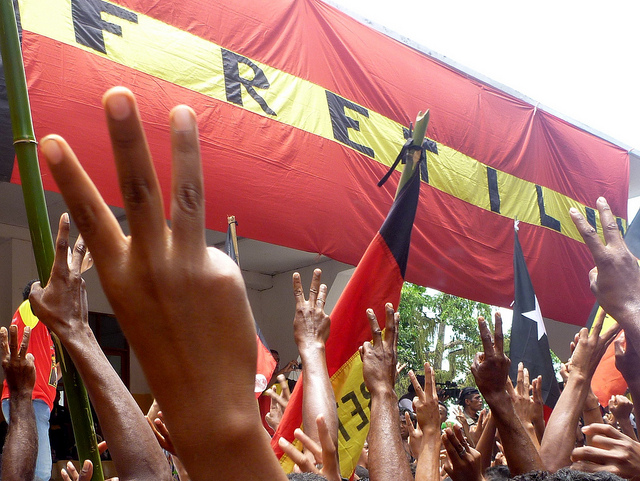
Ebrahim Raisi, a hardline conservative, is widely predicted to be elected as Iranian President Hassan Rouhani’s successor in elections scheduled for 18 June.
But the vote won’t just determine the country’s next president; it’s also seen as part of a contest to determine Iran’s next supreme leader.
Raisi’s likely win follows the controversial disqualification on 25 May of all competitive centrist and reformist/moderate presidential candidates by Iran’s electoral gatekeeper, the Guardian Council. Of the approximately 600 candidates, the council announced that only seven met the qualifications for office detailed in section 115 of Iran’s constitution. Five are conservatives and two are reformists/moderates. Because presidents are constitutionally limited to two consecutive four-year terms, Rouhani was ineligible to seek re-election.
Raisi, 61, from Mashhad in Iran’s northeast, is the stand-out candidate. He’s well known nationally and is popular among hardline conservatives. A long-time prosecutor, he was appointed chief justice in 2019. He’s a member of the Assembly of Experts and was attorney-general from 2014 to 2016. He has also served as chairman of the Astan Quds Razavi, a non-profit multibillion-dollar religious-cum-business and charity conglomerate (bonyad) based at Mashhad.
Raisi was Rouhani’s major competitor and runner-up in the 2017 presidential election, which drew a high turnout of 73% or 41.3 million of Iran’s 56.4 million eligible voters. Although Raisi lost, he attained a credible 38% of the vote versus Rouhani’s 58%.
Raisi’s nearest non-conservative rival is Mohsen Mehralizadeh, 64, a reformist and ethnic Azerbaijani from Isfahan in central Iran. He was vice president from 2001 to 2005 and is a former governor of Khorasan province. He contested the 2005 presidential election, but came last with 4.4% of the vote. He was seen then, as now, as a relatively weak candidate.
The council’s disqualification of competitive candidates, without giving reasons, was strongly criticised by non-conservatives. Rouhani was one of those who appealed to Supreme Leader Ayatollah Ali Khamenei to include at least one strong non-conservative candidate to ensure a competitive election, but the pleas were rejected. This prompted activist Faezeh Hashemi, daughter of popular former president Hashemi Rafsanjani, to state in an interview, ‘This is no longer an election, it’s an appointment.’
The two most popular non-conservative disqualified candidates were Ali Larijani, a former conservative but now centrist, and reformist Eshaq Jahangiri.
Larijani, aged 64, is seen as the stronger of the two, appealing to both conservatives and some moderates. He is a member of the Expediency Council, and until 2020 was a member and speaker of parliament. He has also served as minister of culture and Islamic guidance and as head of state broadcasting. He retired as a brigadier general of the Islamic Revolutionary Guards Corps in 1992. Like Mehralizadeh, he stood as a candidate in the 2005 presidential election; he came sixth with 5.9% of the vote.
Larijani also comes from a political family. A younger brother, Sadeq (Amoli) Larijani, is a hardline conservative, current chairman of the Expediency Council and member of the Assembly of Experts. He was chief justice immediately prior to Raisi and is a former member of the Guardian Council. He also publicly expressed concerns about the disqualification of his brother.
Eshaq Jahangiri, 63, has served as Rouhani’s first vice president since 2013. His previous appointments include minister of industries and mines, governor of Isfahan and member of parliament.
It’s generally assumed that the council’s list of approved candidates was drafted in response to ‘guidance’ by Khamenei, who wants Raisi as his next president. Local media has speculated that Khamenei is using the presidential election to assist with determining his successor as supreme leader. Khamenei, 82, is reportedly not in good health and a succession plan has become a priority.
Raisi is one possibility to succeed Khamenei, and Ali Larijani is another. While Larijani has demonstrated his potential leadership capabilities through his various appointments, Raisi hasn’t yet done so and his performance as president could be an important test.
Raisi’s tenure as president, if he’s elected, is likely to be controversial. The first marker will be voter turnout at the election. If, as speculated, there’s a low turnout due to a boycott by many reformists/moderates, that will reflect on Raisi’s appeal.
He’s also likely to lack appeal among Iran’s ‘progressives’, with his background suggesting he’d oppose any liberalisation of society that would clash with his strong views on traditional Islamic values.
Raisi is also unlikely to tolerate active political or other dissidence, especially if it challenges the regime’s authority. As a prosecutor, he is said to have been involved in events leading to the execution of thousands of detained dissidents in 1988. He was also involved in the suppression of dissidents generally in the 1980s and has been accused of failing to bring to justice security force members who used lethal force to suppress demonstrations against electoral fraud in 2009 and economic hardship in 2019.
These and other factors have contributed to both the European Union and the United States imposing sanctions on Raisi and others, including Amoli Larijarni, for human rights abuses, which would complicate relations if he wins.
Two of Raisi’s key campaign issues are reviving the economy and fighting corruption. US negotiations with Iran on the Joint Comprehensive Plan of Action will be critical to the economy. If the US rejoins the agreement, many sanctions will be lifted, providing some immediate economic and financial relief to Iran.
But if that doesn’t happen before Rouhani leaves office, Raisi or the US might seek to vary the agreement’s conditions. It would be in Raisi’s political and economic interests to quickly seal a deal with the US.
Raisi has already commenced his anti-corruption campaign from his present judiciary post. That corruption is endemic in Iran is not in question. It was ranked 149th out of 180 in Transparency International’s Corruption Perception Index in 2020.
One of Raisi’s early targets was his predecessor, Amoli Larijani. While allegations are unresolved, this has been seen as a politically motivated attempt by Raisi to tarnish the Larijani name, especially that of his rival, Ali Larijani. Politics in Iran, as anywhere, can be brutal.
If elected, Raisi faces a bumpy road.










